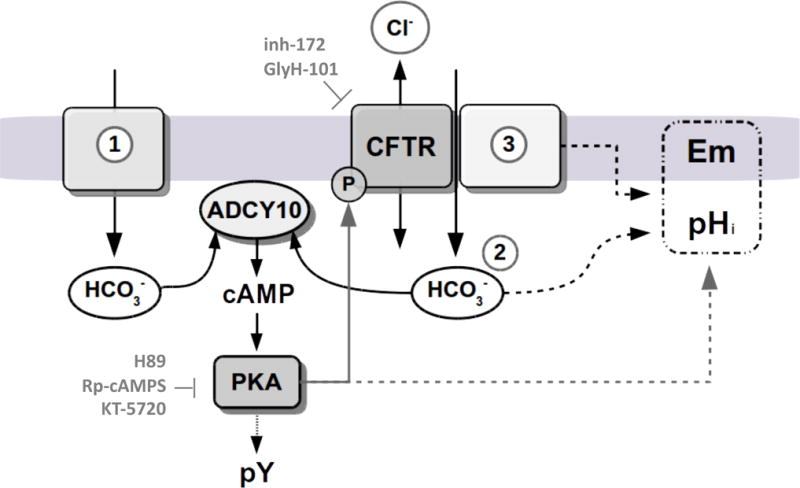Figure 6. Proposed model for CFTR participation in the capacitation signaling pathways described in this work.

CFTR is essential for the occurrence of bicarbonate-dependent capacitation events. In human sperm a fast and transient HCO3− influx occurs when sperm encounter high extracellular bicarbonate concentration in the seminal plasma at ejaculation. This transient raise in HCO3− concentration may stimulate the ADCY10, resulting in cAMP production and in an increase in the basal PKA activity to phosphorylate and activate CFTR (1). The sustained HCO3− (2) responsible of PKA activation or pHi changes could be transported either directly by CFTR or indirectly, by providing a recycling pathway for Cl−/HCO3− cotransporters associated with this channel (3). CFTR modulation of Em could be explained by its influence on HCO3− transport, or by its association with other transporters like ENaC (3). Because pHi, Em and CFTR activity depend on PKA, we propose a connecting-loop between PKA and CFTR activity in human sperm.
